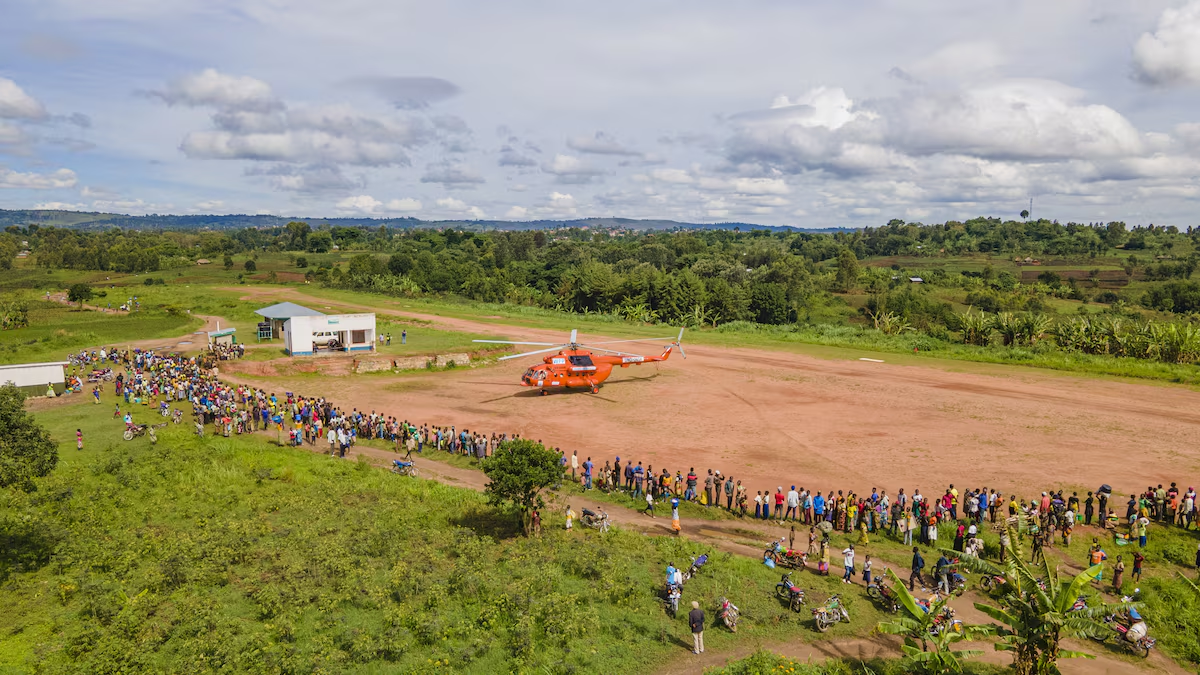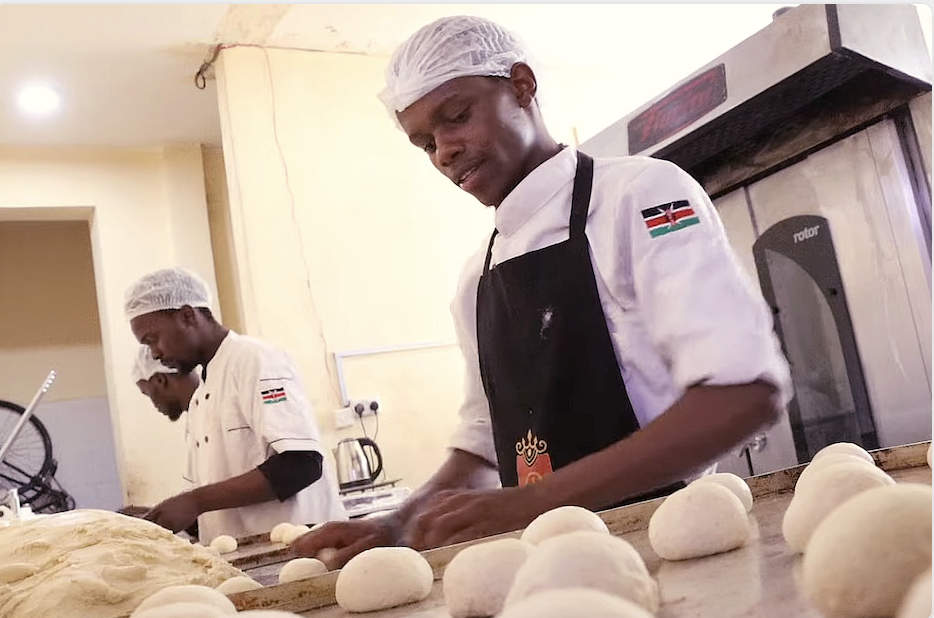
Conflict, extreme weather worsening hunger in West and Central Africa, WFP warns
Some 52 million people in West and Central Africa will struggle to meet their basic food and nutrition needs in the upcoming lean season, driven by conflict, extreme weather, and economic deterioration, the World Food Programme (WFP) said on Friday.
During the lean season—a period between harvests when food supplies are very low, running from June to August—nearly three million people in the region will face emergency levels of hunger. Additionally, 2,600 people in Mali could experience catastrophic hunger, according to a new food security analysis by the United Nations body.
The report highlighted food inflation, exacerbated by rising fuel costs in countries such as Ghana, Guinea, and Côte d’Ivoire, as well as recurrent extreme weather in the central Sahel, around the Lake Chad Basin, and in the Central African Republic.
Conflicts have displaced 10 million people in the region, including eight million who are internally displaced within Nigeria and Cameroon, the WFP stated.
The report did not include the Democratic Republic of Congo, where fighting has surged in the east this year due to Rwandan-backed M23 rebels staging a major advance. Approximately 28 million people face acute hunger there, a record for the central African country, according to a report released in late March by the WFP and the UN’s Food and Agriculture Organization (FAO).
The report indicated that 2.5 million more people have become acutely hungry in DR Congo since the surge of violence in December.
According to the five-phase classification system used by the WFP, crisis-level hunger (Phase 3) is one step below emergency levels of hunger (Phase 4). Phase 5, the most severe classification, is termed catastrophic hunger—or, in some cases, famine.






